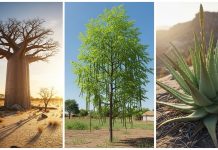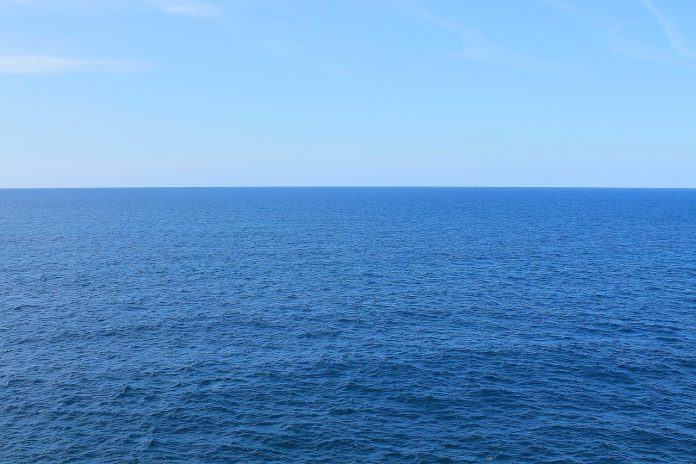Marine ecosystems are aquatic environments with high levels of dissolved salt. Marine ecosystems are defined by their unique biotic (living) and abiotic (nonliving) factors. Biotic factors include plants, animals, and microbes; important abiotic factors include the amount of sunlight in the ecosystem, the amount of oxygen and nutrients dissolved in the water, proximity to land, depth, and temperature.
Sunlight is one of the most important abiotic factors for marine ecosystems. It’s so important that scientists classify parts of marine ecosystems—up to three—by the amount of light they receive. The topmost part of a marine ecosystem is the euphotic zone, extending down as far as 200 meters (656 feet) below the surface.
The euphotic zone is the disphotic zone, which can reach from 200 to as deep as 1,000 micrometers below the surface. At these depths, sunlight is still available, but only enough to facilitate some photosynthesis. Below the disphotic zone lies the aphotic zone, which does not receive any sunlight.
Although the ocean is one continuous body of water, oceanographers have divided it into five principal areas: the Pacific, Atlantic, Indian, Arctic, and Southern Oceans. The Atlantic, Indian, and Pacific Oceans merge into icy waters around Antarctica. The ocean plays a vital role in climate and weather.
The marine is found on every continent. The two largest bodies of water in the world are the Pacific Ocean and the Atlantic Ocean.
Marine is the largest biome that is the natural habitat of various flora and fauna in the world. It takes up a whopping 70% of the Earth and accounts for 90% of the world’s water supply. Biome boasts more than 230 distinct species. The Marine biome is known for its salty waters which are about 33-37% salt and have a lot of biodiversity making up numerous complex ecosystems. The marine biome is prestigious due to its abiotic factor.
The Indian Ocean is an extension of the Pacific Ocean and the Southern Ocean is an extension of the Atlantic Ocean. The Arctic Ocean is also an important marine biome.
Did you know?
Various types of aquatic environments make up the marine ecosystem and these include:
The Open Ocean
The Deep-sea Ocean
The Coastal Marine Ecosystems
Each of which has different physical and biological characteristics.
The various types of marine ecosystem
The number of marine ecosystems is actively debated. Although there is some disagreement, several types of marine ecosystems are largely agreed on: estuaries, salt marshes, mangrove forests, coral reefs, the open ocean, and the deep-sea ocean.
Estuaries
An estuary is a coastal zone where oceans meet rivers. Here, nutrients and salts from the ocean mix with those from the river in regions sheltered from extreme weather. As a result, estuaries are among the most productive places on Earth and support many types of life.
Salt Marshes
Salt marshes occur where oceans meet the land. These places are rich in nutrients from sediment brought in by the ocean. Marshes are regularly flooded by high tides, making the surrounding ground wet and salty.
Mangrove Forests
These ecosystems frequently flood with ocean water, submerging the roots of mangrove trees. The root systems of mangroves filter out salt and sit above ground to access oxygen. These trees provide a home for a variety of species. Animals, such as fish, crabs, shrimp, reptiles, and amphibians, live among the mangrove’s roots while its canopy provides a nesting site for birds.
Coral Reefs
A bit farther out into the tropical sea are coral reefs, euphotic-zone ecosystems built from the exoskeleton secreted by coral polyps. These exoskeletons form complex structures that shelter many different organisms. Coral reefs are extremely diverse ecosystems that host sponges, crustaceans, mollusks, fish, turtles, sharks, dolphins, and many more creatures. By some counts, coral reefs can account for a quarter of all ocean species.
Open Ocean
Open ocean ecosystems vary widely as the depth of the ocean changes. At the surface of the ocean, the euphotic zone, the ecosystem receives plenty of light and oxygen, is fairly warm and supports many photosynthetic organisms. Many of the organisms that we associate with marine ecosystems, such as whales, dolphins, octopi, and sharks, live in the open ocean.

















